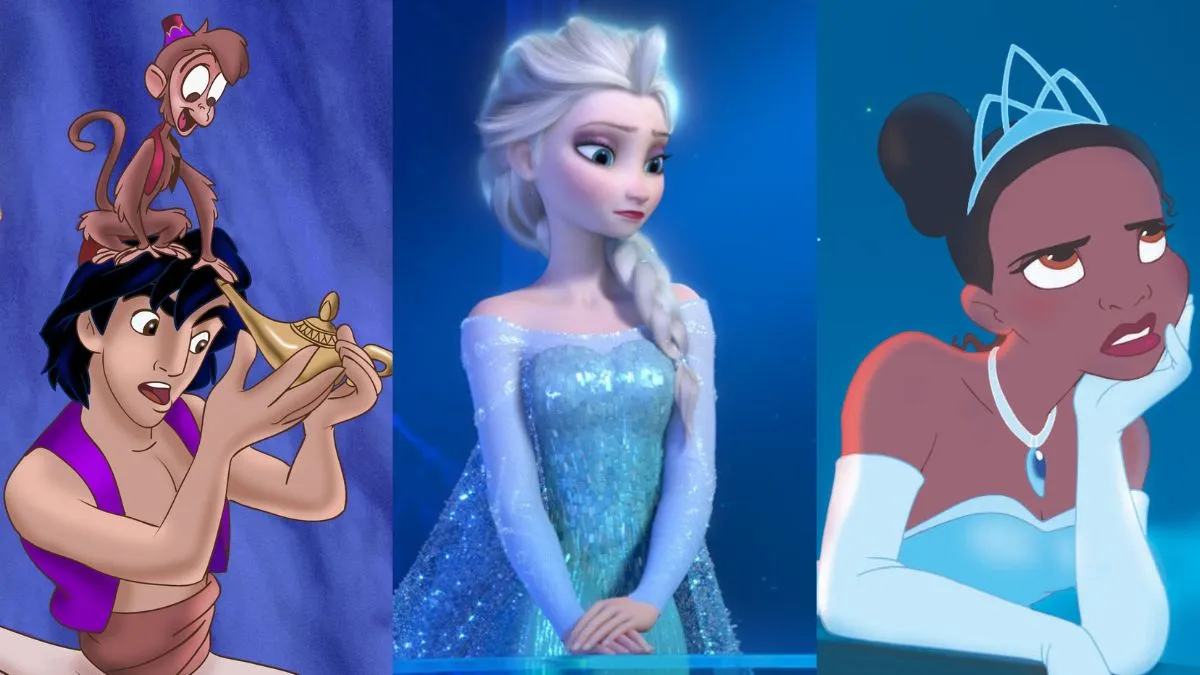
Oftentimes resembling a mosaic of pandering moments rather than an actual film, the most interesting cliché Woman in Gold employs is the Mona Lisa of speech writing crutches. It’s around the midpoint of the film that star Helen Mirren is addressing an Austrian assembly about the restitution of Nazi-confiscated art. As such, it’s the perfect time for her character, and screenwriter Alexi Kaye Campbell to tell us the dictionary definition of restitution: the return of something to its original state. That there’s little original about Woman in Gold, beyond its remarkable true story, is a nuisance, but it does help to elucidate the often-cagey relationship between film and fine art.
The movies, an organic medium, imitate life using the motion and sound that make up most of our everyday experiences. Paintings, Woman in Gold’s subject of interest, are no less powerful in their imagery, but that power comes from a singular, perpetual state of being. It’s only when the frame is first being filled that a portrait may take on the kinetic impermanence of film. As such, the first scene of Woman in Gold is also its most striking, letting us watch Austrian painter Gustav Klimt press, slice, and gently apply sheets of gold to a canvass that would eventually become Portrait of Adele Bloch-Bauer I.
Nearly a century after its commission, the portrait would become the center of a lengthy legal battle between the Austrian State Gallery, which had exhibited the painting since the end of World War II, and Maria Altmann, niece of Adele Bloch-Bauer, and rightful heir to the +$100 million painting. Woman in Gold dramatizes Altmann’s struggle to reclaim her legacy, opening in 1998, more than fifty years after Altmann barely escaped Nazi-controlled Vienna.
2014 was a so-so year for films about the fight for the right to art(y). For every Mr. Turner and National Gallery, there was a Monuments Men, which had little to say about art other than that it is Very Important, or a Pictures and Words, which failed to capture the spirit of the former by overdoing it on the latter. When it comes to paying tribute to the visual arts, screenwriters can have a tendency to either over-verbalize their adoration to the point of bad poetry, or hope the gawk-eyed looks of actors will convey the feeling true works of art are meant to inspire.
Woman in Gold smartly attempts to personalize the case by pouring Altmann’s investment into the woman and period the painting represent, rather than the portrait itself, but the result is a film that lazily bows to pleasing convention at every turn. 1/3 Philomena-esque “mismatched buddies on a road trip to the traumatic past” dramedy, 1/3 WWII period piece, and 1/3 legal potboiler, Woman in Gold paints with the broadest of brushes at all times. As the film whips through history, genres, and rote narrative beats, an astonishing true story gets reduced to a smooth, textureless mush.
Ryan Reynolds plays Altmann family friend Randol Schoenberg, a young lawyer who couldn’t be anymore down on his luck if he were drowning in a wishing well. With a pregnant wife at home (Katie Holmes) and mounting debt, Randol’s introduction – seen rehearsing for an interview on the drive over to The Big Firm – sets the GPS for his entire relationship with Maria, from unlikely loser ally, to triumphant paragon of legal and moral justice. As Maria and Randol’s case traverses continents and years, the adversarial strawmen and cornball characters stack up quickly.
Whether it’s Daniel Brühl’s all-too-helpful Austrian journalist with a secret, a judge who cracks wise in session, a court reporter who tells Randol he’s sure to lose (the guy’s never wrong about these things!), or a passerby who criticizes Maria for “making everything about the Holocaust,” Woman in Gold can’t resist easy targets, or big statements.
When it works, it works practically by default. To the untrained ear, Dame Mirren’s Austrian accent is believable, adding pizzazz to her “what a fireplug!” zingers, or extra pathos to her character in moments of grief. In flashbacks, Tatiana Maslany plays the younger Maria as her family struggles to navigate an Austrian environment that’s welcoming Nazism with open arms. There’s a suspenseful footchase that peps things up along with Maslany’s take on Maria, but the lingering resentment Altmann has for her mother country is present as a means to justify Woman in Gold’s air of self-importance.
There’s a real fear about the stories that will be lost with the end of the Holocaust generation that director Simon Curtis taps into visually, applying a faded look to the flashback sequences. It’s a light touch that the film could have used many more of. More often, Woman in Gold adopts the attitude of a scold, admonishing the youth of today for too easily forgetting history, while dressing up its own version of history to encourage easy gratification. Woman in Gold always has the reliable Mirren to steady it through its hokiest moments (including a botched emotional scene from Reynolds at, where else, a Holocaust memorial), but the truth of Altmann’s real story, like the artistic truth of a real masterpiece, will far outlive any legacy Woman in Gold is likely to have.






